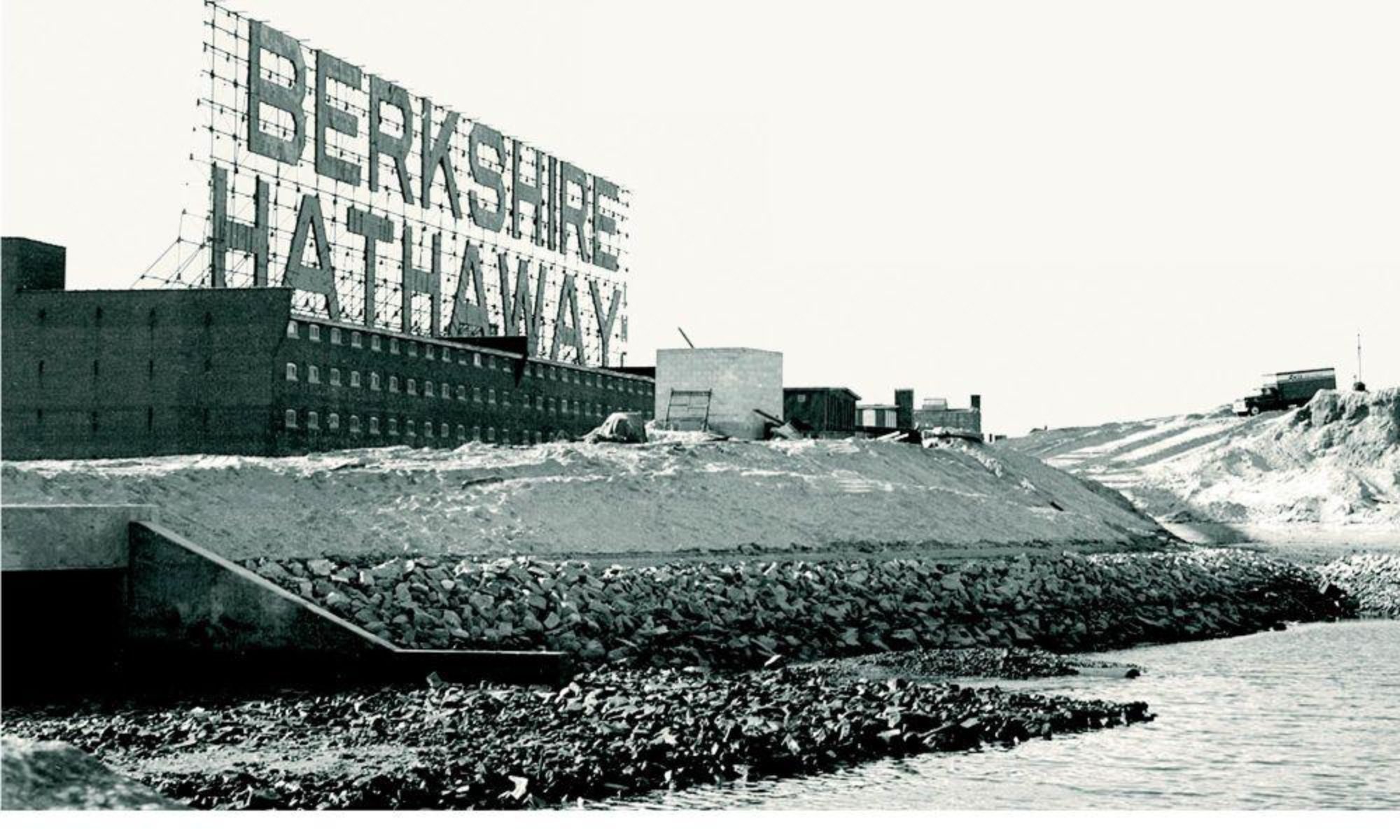Charter Communications provides cable TV and broadband internet services. The company’s stock price peaked in 2021, and has slid down around 50% since then. I am aware that Charter does a lot of stock buybacks, so I thought they may have an interesting capital allocation policy. With that, let’s jump in to get a high level overview of Charter’s capital allocation.
Cash Flow Summary
In these capital allocation snapshots, I like to look at 5 years of cash flow data to get an idea of where the company is spending their money. Looking at Charter’s cash from operations, we see a steady increase from 2018 to 2021, then a moderation in 2022. I am not super familiar with the cable industry, but I believe they benefit in a strong housing market because people shop around for cable when they move. Therefore as the housing market cooled in 2022 from higher interest rates, it seems reasonable that operating cash flows would decrease.
CHTRs cash from investing is fairly consistent, ranging between $7-10B. These outlays of cash for investing takes up a large portion of the company’s cash from operations. Cash from financing varies more, with Charter spending less cash in 2018-19, and ramping up spend over the past 3 years. Even though the cash from operations was a bit higher in 2022 than 2022, the cash from financing is quite a bit lower.
The figures in Charter’s net change in cash basically cancel each other out, meaning Charter’s cash balance has not changed much over the last 5 years.
Cash from Investing
Charter’s main line item on the cash from investing is capital expenditures. This figure has hovered between $7-9B over the last 5 years. These capex figures range between 50% and 75% of operating cash flow. With such a high percentage of cash from operations going towards capex, CHTR seems to be a capital intensive business. This seems to make sense, it probably costs a lot of money to maintain and expand cable and fiber networks. A deeper analysis would try to figure out what portion of the capex is for maintenance vs growth.
The rest of the cash from investing line items are pretty negligible. I tried to skim Charter’s 10K to see what “other” consisted of, but I did not see where they break it out.
Cash from Financing
Charter’s cash from financing shows debt being added to the books each year over the last 5 years. The largest increase in debt was in 2021. Currently, CHTRs long term debt stands at 96B, so 2021s increase was nearly 10% of their current debt level.
Looking at Charter’s 2022 D/E ratio shows a figure of 10.5, and their D/EBITDA is at 4.6. The debt-to-equity is very high, but probably makes some sense because CHTR is reducing equity with buybacks. The D/EBITDA is high, but not unusual for a that seemingly has strong cash flows. As a reference, 2018 D/E was 1.9 and D/EBITDA was 4.5, so the former has largely increased while the latter has stayed flat.
The next major line item on Charter’s cash from financing are the stock buybacks. The company has ramped up buybacks from 2018. The peak in buybacks was in 2021, with a pullback in 2022. In order to put these buybacks in perspective, the company currently has a market capitalization around $60B (although it was about twice as high in the peak of 2021). These are large percentages of the company’s equity that is being repurchased. From 2020-22, the buybacks were over 80% of the cash from operations, and was over 100% in 2021.
The amount of cash Charter paid for dividends is tiny. I do not think CHTR pays a common dividend, so these dividend payments are probably to some preferred stock.
Conclusion
Charter’s cash flows are pretty straight forward since only a few line items make up the bulk of where the cash is going. The company spends a large amount on its cable/fiber infrastructure. This high capex could be beneficial if it is for growth projects that provide an attractive return on investment, or this capex could be a negative if it is mostly used for maintenance. More research would need to be done. Charter also has been adding quite a bit of debt over the last 5 years. Since the large capex and share buybacks surpass the amount CHTR receives from its operations, the debt is being used to fill the shortfall. The strategy of issuing debt to repurchase shares can be powerful when interest rates are low like they have been. It will be interesting to see if Charter can maintain this strategy if interest rates stay below the levels seen over the past decade.
